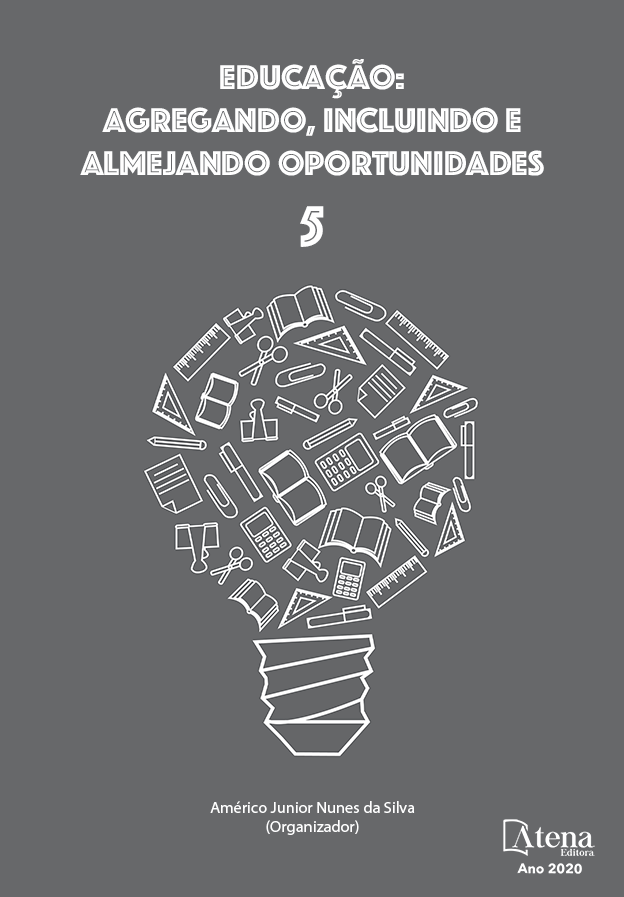
A Transformação Digital no Ensino Superior: Obrigação? Opção? Oportunidade?
António Augusto Baptista Rodrigues
ISEC – Instituto Superior de Educação e Ciências
As instituições de Ensino Superior (IES) assumem um papel relevante no desenvolvimento económico e social das sociedades. Além disso, representam o pilar fundamental da criação, transmissão e difusão do conhecimento, bem como o instrumento no qual as empresas, instituições e governos se baseiam para obter um capital humano qualificado e competente.
O digital assume-me hoje como uma “ferramenta” cada vez mais presente no quadro da missão desempenhada pelas IES.
Por isso, é essencial implementar uma alteração na cultura digital. Somente dessa forma é possível compreender as mudanças profundas exigidas pela transformação digital e preparar as IES para esse novo cenário.
Isso significa que é preciso adotar diferentes soluções, que passam por armazenamento em nuvem, atendimento virtual ao aluno, gestão de provas por meio de sistemas específicos e adoção de tecnologias (por exemplo tablets e smartphones) no processo de aprendizagem.
O resultado é a gestão tornar-se uma vantagem competitiva para as IES e cujos principais beneficios são:
- lidar com grandes níveis de informações
- otimização dos processos internos
- aumento da satisfação e da produtividade dos colaboradores
- satisfação dos estudantes
A transformação digital[1] no Ensino Superior é um caminho sem retorno e é mais do que a adoção de novos recursos tecnológicos. Exige um alinhamento entre tecnologia, educação e necessidades dos estudantes. Por isso, é essencial alterar a cultura[2] da IES para garantir os melhores resultados. Tal implica, que a missão e a estratégia sejam reajustadas ao novo paradigma.
Se a forma de transferir o conhecimento muda radicalmente por via da digitalização, então a governance, a liderança, a inovação e a criação de novos modelos de negócios são realidades presentes que exigem repensar e reajustar a missão e o plano estratégico de desenvolvimento da Instituição.
[1] Westermann (2014) define a transformação digital de uma organização, como o uso de tecnologias digitais para melhorar radicalmente o seu rendimento e alcance.
[2] Na perspetiva de Duparc (2013) a verdadeira transformação digital acontece quando toda a organização assume a importância de uma cultura digital e a incorpora em todos os níveis organizativos.
A Transformação Digital no Ensino Superior: Obrigação? Opção? Oportunidade?
-
DOI: 10.22533/at.ed.16020210920
-
Palavras-chave: Cultura, Estratégia, Transformação Digital
-
Keywords: Culture, Strategy, Digital Transformation
-
Abstract:
Higher Education Institutions (HEIs) are today a decisive player in the economic and social development of the societies of which they are part. In addition, they represent the fundamental pillar of knowledge creation, transmission and dissemination, as well as the instrument on which companies, institutions and governments rely to obtain qualified and competent human capital.
Digital today assumes me as a “tool” increasingly present in the context of the mission performed by HEIs.
Therefore, it is essential to implement a change in the digital culture. Only in this way is it possible to understand the profound changes required by digital transformation and prepare the university for this new scenario.
This means that different solutions need to be adopted, such as cloud storage, virtual student service, exam management through specific systems, and adoption of technologies (eg tablets and smartphones) in the learning process.
The result is management becoming a competitive advantage for HEIs whose main benefits are:
- deal with large levels of information
- optimization of internal processes
- increased employee satisfaction and productivity
- student satisfaction
Digital transformation in higher education is a path without return and is more than the adoption of new technological resources. It requires an alignment between technology, education and student needs. Therefore, it is essential to change the culture of HEI to ensure the best results. This implies that the mission and strategy be readjusted to the new paradigm.
If the way knowledge is transferred radically changes through digitization, then governance, leadership, innovation and the creation of new business models are realities require rethinking and readjusting the institution's mission and strategic development plan.
-
Número de páginas: 9
- ANTÓNIO AUGUSTO BAPTISTA RODRIGUES


